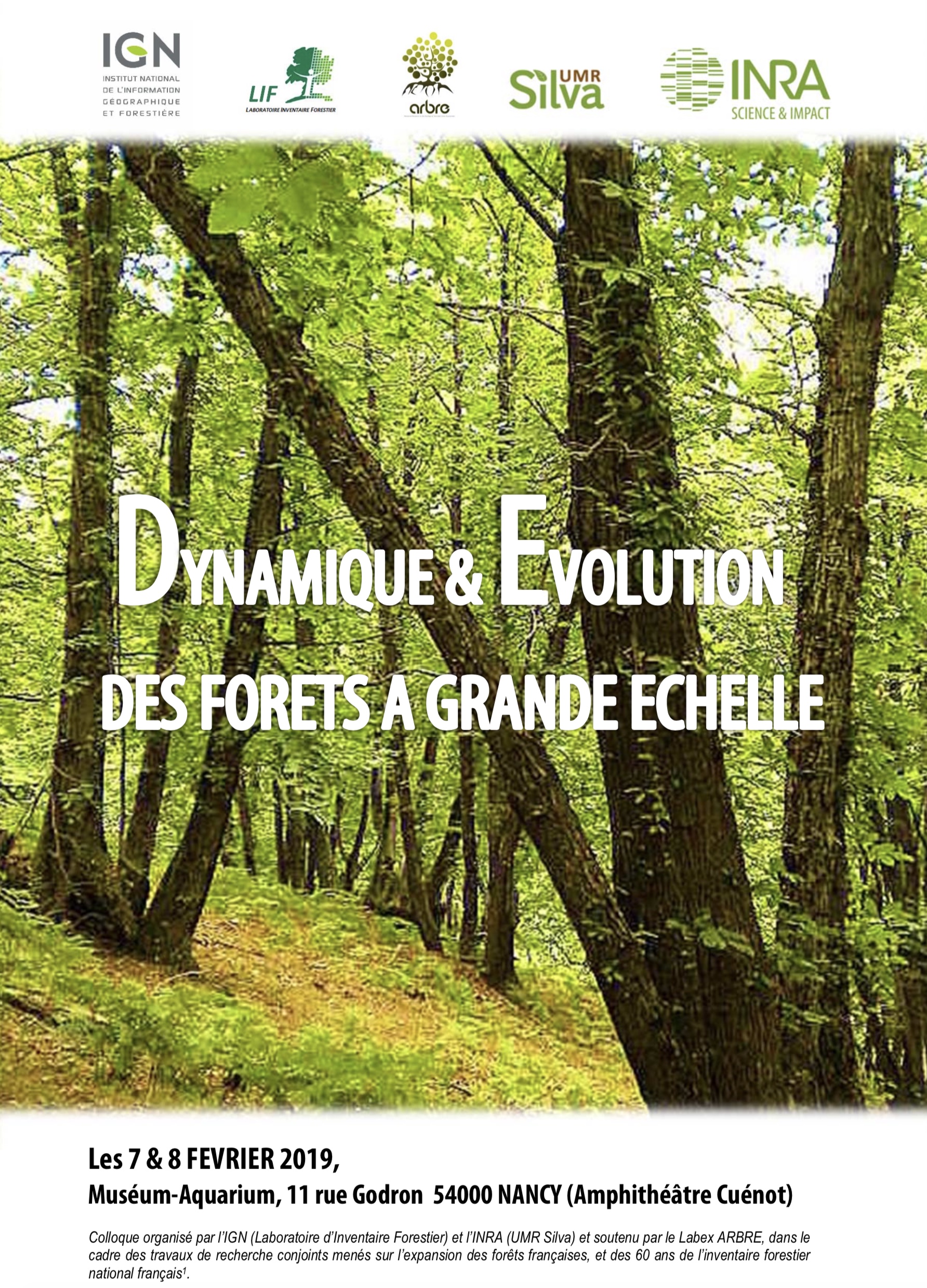Contenu et priorités de l’appel d’offres ARBRE 2020
Cet AAP 2020 a pour objectif de soutenir des projets originaux en accord avec les actions thématiques développés dans le programme d’ARBRE 2020-2024, se situant sur des fronts de science ou présentant un potentiel de valorisation important. Une attention particulière sera portée (i) aux projets venant conforter l’ouverture à l’international du LABEX, notamment avec les partenaires du réseau Nancy-Fribourg-Zurich (NFZ-forestnet), de l’université forestière de Pékin et de l’Académie forestière chinoise, (ii) aux projets montrant une ouverture vers la R&D en accord avec les recommandations du plan Recherche et Innovation 2025 de la filière Forêt-Bois, ainsi qu’ (iii) aux projets de formation-dissémination visant à promouvoir les compétences disciplinaires portées par le LABEX et renforcer les liens avec le monde de l’entreprise et la société.
Recherche et/ou de valorisation
Les propositions de projets devront s’inscrire dans un ou plusieurs défis du LABEX ARBRE cités ci-après :
– Microbial to forest systems
– Molecular and cellular responses of trees to environmental stresses & disturbances
– Identification of plant resilience traits
– Monitoring of forest biodiversity and determining the links between biodiversity & ecosystem services
– Production improvement in a sustainable manner and stimulation of precision forestry
– Development of new markets, processes and products for wood
– Promotion of forest bio-economy
– Strengthening Citizen Science.
Formation et Dissémination
Un objectif prioritaire du LABEX ARBRE est de promouvoir le couplage entre recherche et formation, en s’appuyant sur les activités de recherche des équipes du LABEX et leurs compétences disciplinaires. Un intérêt particulier sera porté aux actions de formation de type « Ecoles Chercheurs » ainsi qu’aux projets mobilisant différents publics (professionnels, scolaires, citoyens), notamment dans le cadre de projets de recherche participative (CST).
Calendrier et modalités pratiques
– Lancement de l’appel à projets : septembre 2019.
– Date limite de dépôt des projets : 31 octobre 2019 par e-mail à labex-arbre-nancy@inra.fr
– Formulaires de réponse : à télécharger ici.
– Résultats de l’évaluation : Janvier 2020.
– Versement des crédits : à partir de février 2020









